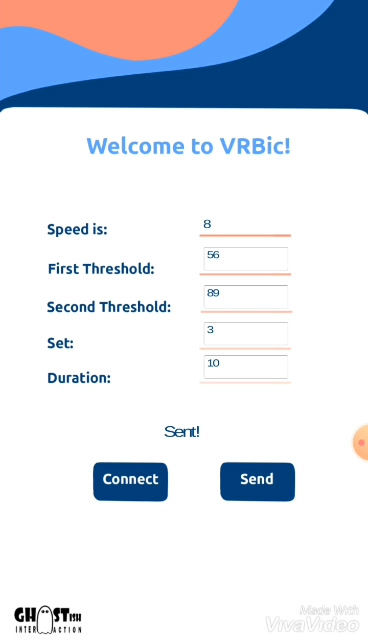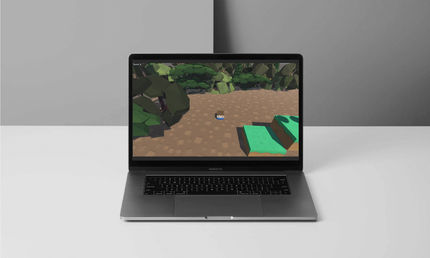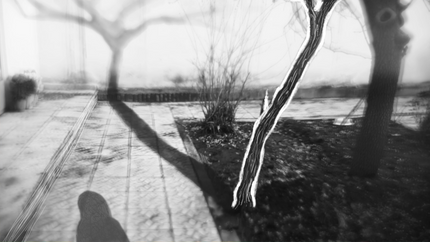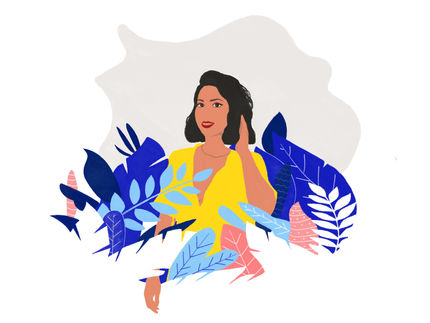Mahsa Nasri
Philosophy
The Four-Hand Illusion VR project explores the boundaries of perception and embodiment in virtual environments. By introducing additional virtual limbs, it challenges conventional notions of self-representation. It seeks to deepen our understanding of how the brain integrates sensory inputs to create a sense of bodily ownership. This experience aims to evoke curiosity, provoke emotional responses, and provide a space where users can question their reality and relationship with their own bodies.
The project is rooted in the belief that VR can transcend entertainment to become a medium for experimentation, self-reflection, and scientific exploration. It emphasizes the potential of immersive technology to alter the user's sense of self and enable transformative, almost otherworldly experiences.
Technical Challenges
-
Realistic Hand Movement Integration:
Synchronizing all four virtual hands with the user’s physical movements while maintaining immersion is a key challenge. -
Shader Design for Illusions:
Creating the optical illusion of four hands requires advanced shader programming. These shaders must handle realistic lighting, texturing, and deformation to make the additional limbs visually coherent with the user’s environment. -
Sensory Conflict Management:
Presenting four hands can lead to sensory conflict or cognitive dissonance. Careful tuning of visual, haptic, and audio feedback is essential to minimize discomfort and enhance the feeling of embodiment. -
Latency and Performance Optimization:
Adding extra limbs with detailed animations and shaders can significantly strain VR hardware. Ensuring the experience runs smoothly without noticeable latency is crucial for preserving immersion. -
Psychological and Physiological Impact:
Understanding and mitigating the psychological effects of altering body representation is essential. Testing and user feedback are required to ensure the experience remains comfortable and enjoyable.

This project explores the intersection of art, emotion, and technology by harnessing the power of virtual reality to evoke the profound emotion of awe. Through carefully designed immersive experiences, we aim to inspire creativity and introspection, connecting participants with vast, transcendent stimuli that challenge their ordinary perspectives. We delve into how emotions like awe influence our creativity and emotional well-being by integrating artistic elements with cutting-edge physiological sensing—such as eye-tracking and skin conductance. This work celebrates the artistic potential of VR as a medium for emotional connection and pushes the boundaries of how we understand and model human emotions in the digital age (A: a VR scene to induce awe, B: a participant in the experience, C: eye-tracking camera in the headset.)
VR Training Project: Cognitive Load Measurement
This project leverages cutting-edge virtual reality technology to create an immersive training environment while advancing our understanding of human cognition. By combining the Varjo VR-3 headset's high-precision eye tracking capabilities with Shimmer3 GSR sensors, we aim to measure and adapt to users' cognitive load in real time.
The training module is designed to replicate complex real-world tasks in a controlled VR environment, allowing for detailed analysis of user performance and mental workload. The ultimate goal is to develop an adaptive training system that optimizes learning outcomes by dynamically adjusting the VR environment based on the user’s cognitive state.


























